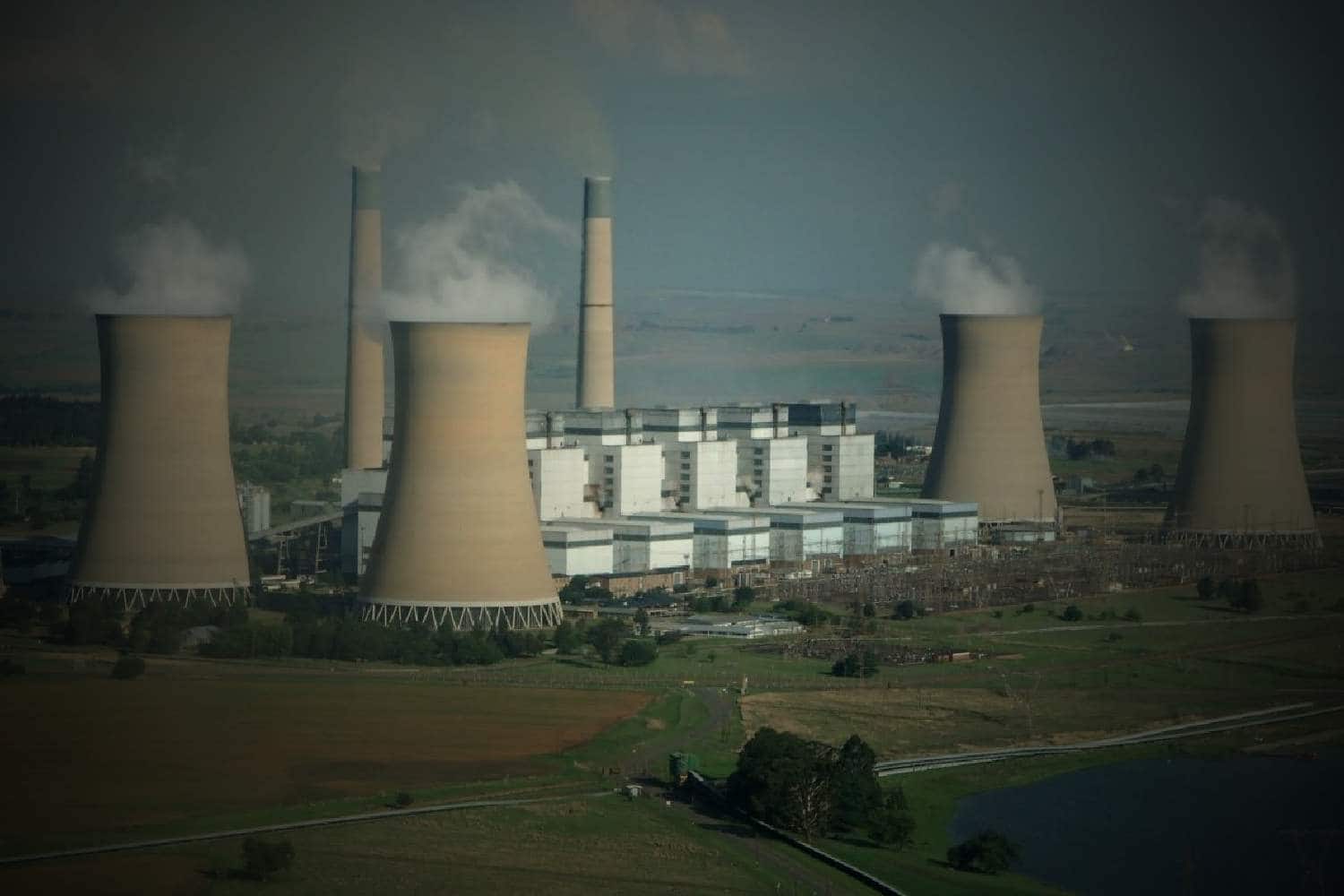For the first time in years, South Africans made it through the winter season with almost no power cuts.
A historic winter for Eskom
Eskom, the state-owned power utility, confirmed in a media update on Friday, 5 September 2025, that it recorded just 26 hours of loadshedding during the entire winter period, across only four evenings.
According to Eskom, this improvement was the result of its Generation Recovery Plan, a programme that focuses on repairing and maintaining old power plants to improve their performance.
The company now says it expects the summer period, which runs until March 2026, to also be free of rotational blackouts.
How Eskom kept the lights on
Eskom reported several key improvements that helped it avoid loadshedding this year:
- About 4,000MW of additional generation capacity was added compared to last year.
- Large repairs at plants like Medupi and Kusile restored lost capacity.
- Its Energy Availability Factor (EAF) — the percentage of power plants working — climbed from 55% in 2023 to just over 61% this year.
- Diesel spending dropped sharply compared to 2024, although still costing taxpayers billions.
Eskom Group Chief Executive, Dan Marokane, praised the turnaround, saying:
“This positive projected loadshedding-free Summer Outlook is the result of the progress achieved through the expertise and dedication of Eskom employees. It shows that our strategy is delivering on our commitment to energy security.”
The cost of stability: Diesel dependency
But not everyone is celebrating. Energy experts say Eskom’s improved performance comes at a very high price.
Eskom has relied heavily on open-cycle gas turbines (OCGTs) — backup generators that run on diesel — to keep electricity flowing when its coal plants break down.
Diesel is quick to deploy but extremely costly and environmentally damaging.
Reports show Eskom spent R5.8 billion on diesel between April and August 2025 alone, almost double what it used in the same period last year.
Energy analyst Chris Yelland has warned that this approach is not sustainable:
“While Eskom deserves credit for reducing unplanned outages, the excessive use of diesel is masking the fragility of the system. The public is paying billions for temporary relief rather than long-term solutions.”
Even as it avoids blackouts, Eskom continues to face enormous debt.
To keep the utility afloat, Parliament is processing the Eskom Debt Relief Amendment Bill, which will increase the state’s financial support.
Key changes include:
- Raising Eskom’s 2025/26 allocation from R40 billion to R80.2 billion.
- A new allocation of R10 billion in 2028/29.
These funds will be treated as loans, convertible into equity if Eskom improves its financial and operational performance.
